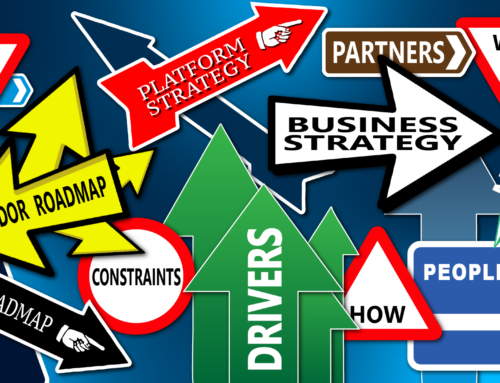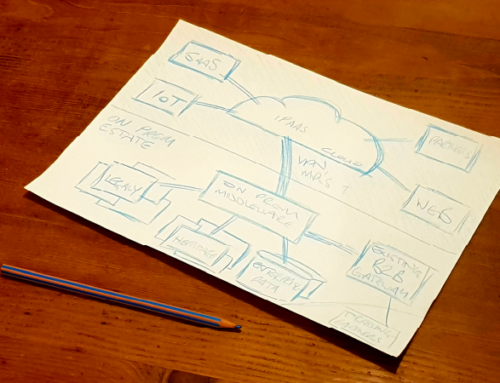Over recent weeks the Wheeve team have attended a number of industry events and the ‘hot topics’ seem to be fairly consistent when it comes to CIO challenges and digital transformation. Here’s our view on the top three: GDPR, cyber security and the mobile workforce, shadow IT and microservices.

1. GDPR
Everywhere you turn people are talking about GDPR and most organisations still seem to be facing a fairly long uphill trek towards the March 2018 deadline. We have been surprised to hear how little of the conversation is focused around harnessing technology to help you conform to the legislation. Ultimately, GDPR is about data, how you use it, how you control it and how you maintain visibility of where it is in your organisation. If your integration landscape is uncontrolled and messy, you are going to struggle to track that data effectively in order to answer the questions of the GDPR auditors.
Putting an effective integration capability in place will give you maximum control and visibility of your data, enabling you to track how it moves through your landscape, finding where the security levels increase or decrease, and who the end users are actively using this data.
2. Cyber security and the mobile workforce
More and more organisations are relying on the ability of their workforce to be mobile, I’d go even further and say that the workforce demands to be mobile. With the rise of ‘bring your own device’ schemes, flexible/home working and technology at the centre of traditional field based roles, ensuring your IT is enabling your workforce to be mobile is crucial to business growth. However, the increase in access points to your various systems poses additional security risks that are, unsurprisingly, front and centre in the minds of the C suite.
There are many different ways to manage cyber security and your workforce, and a plethora of tools for threat detection, analysis and prioritisation. At Wheeve we believe a robust integration landscape will reduce your susceptibility to attack by utilising tried and tested governance models. If you are able to control who can access, and interact with, your data by implementing robust processes and standardised approaches, you are putting yourself in the best possible position to be able to identify vulnerabilities and mitigate your risks.
3. Microservices and ‘Shadow IT’
It is easier than ever for a department outside of IT to procure new systems in order to fulfil a specific need, all you need is a search engine and a credit card and applications are available for use in minutes. This brings about huge challenges for an IT department if you aren’t willing to move with the times and embrace the activity that’s happening at the edges of your organisation. Of course, you need those various applications to talk to each other to ensure the data moving through your business remains high quality and valid. This is often where point-to-point integrations start to occur as the IT team works on a project by project basis. Before you know it there is a spaghetti mess of integration activity and the very thing you set out to do – protect the quality and validity of your data – becomes untenable.
Effective integration is almost always NOT about technology. If you find yourself in this situation, you really need to step back and take a look at your integration strategy. There is no one size fits all and whether you opt for a Centre of Excellence, Integration Competency Centre, Centre for Enablement or any other given title, it is about understanding the as-is, defining what good looks like for your business and building a roadmap which enables you to get there. At Wheeve, we take a change management, people and skills-centred approach, ensuring that you are not only solving a problem with technology, but building a capability that is sustainable for the future.








